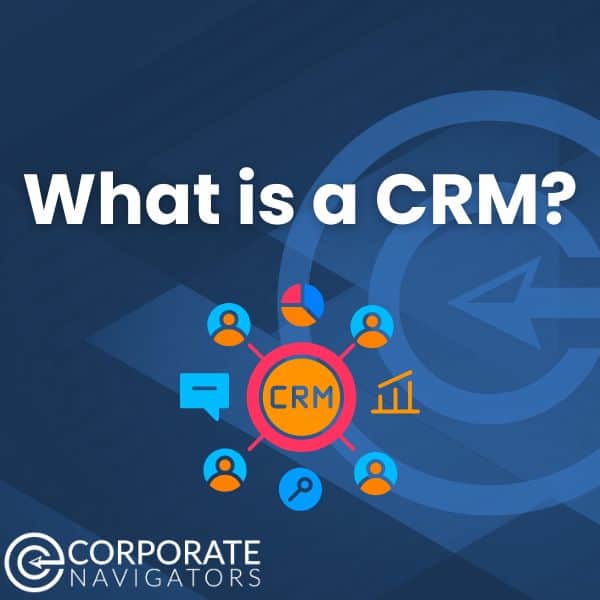Corporate Navigators is a Chicago-based name generation research and candidate sourcing firm serving recruitment professionals in the USA and around the globe. With 25 years of experience, we provide recruiting research for corporate talent acquisition teams and executive search firms who demand timely and targeted business information.
Corporate Navigators, LLC is a name generation research and candidate sourcing firm serving the world of talent acquisition both in the United States and around the globe. We were formed to fill the research needs of corporate recruiters and executive search firms who demand timely and targeted business information.
- Healthcare, Medical, & Life Sciences
- Consulting & Business Services
- Pharmaceutical & Biotechnology
- Retail & Consumer
- Technology
- Banking & Financial
- Chemical & Industrial
- Aerospace & Defense
- Insurance
- Medical Devices
- Energy & Utilities
- Academic & Non-Profit
- Engineering
- Architecture
- Construction
- Computer Hardware, Software, & Services
Recruiting Research
As a recruiting research agency, we generate custom lists of potential candidates for you to contact on your open searches and streamline your hiring process. You will see names delivered within two business days of your request, with detailed contact information for every individual we provide you.
Org Chart Development
We build custom organizational charts, outlining the corporate hierarchy and reporting relationships at all levels and functions throughout a company – from individual contributor level all the way up to the CEO.
Candidate Sourcing
After identifying candidates, we can turn a list of contact names into interested prospects through our candidate sourcing service. Or, we can call a list of names you provide and report what the respondents say. Let our team of dedicated recruiters make screening calls for you starting within 24 hours.
Full-Service Contract Plans
Get dedicated, full time talent acquisition specialists focused exclusively on your staffing needs. Includes access to all services and top priority for your projects. Includes convenient pricing plans. Let our industry expertise get you ongoing business information for your organization.
Data Insights
We also function as a market research company for companies in America and around the globe. Let us help you better understand your competitors in the marketplace. We provide a variety of competitive intelligence information offerings on industry, company, department, or function.
“We have worked with Corporate Navigators for many years and have been very happy with the results they provide. I love their quick step to action, strategic partnership, and professionalism. In this business you can come across quite a few rather shady providers. CN is NOT one of them and we appreciate their work very much.”
–Research Manager, Global Executive Talent Acquisition at Microsoft Corporation
“Corporate Navigators consistently provides accurate and detailed research for our executive recruiting efforts, and accomplishes those outcomes with speed. Corporate Navigators also offers market research and competitive intelligence data.”
–Head of Global Executive Recruitment at W.W. Grainger
“Corporate Navigators has been a great search partner with us. They are very professional, always listening to the hiring needs, quickly pulling together a team to work on any projects we asked them to do, and giving real-time feedback on the delivery time. I appreciate them understanding the urgency in recruiting and providing good quality work.”
-Principal Partner, Executive Search at Biogen Inc.
“I highly recommend the firm as a global research partner.”
–Head of Global Executive Staffing at Boeing
“CN is always responsive, adaptable, and timely on our projects. With that, Corporate Navigators has my short-list recommendation and has established themselves as a trusted partner.”
–Director, Executive Talent Acquisition at Stryker
“Working with Corporate Navigators over the years has been great. The team consistently provides quick and accurate information that allows for a real-time snapshot of what is happening in a given market space. They have helped my teams connect directly with the right people for our needs–sometimes skilled people who still have a very limited Internet presence and would, otherwise, be inaccessible without a stroke of luck. Corporate Navigators finds these people.”
–Talent Acquisition Lead at Siemens Industry
“The team at Corporate Navigators has been responsive and proactive and turned around our requests quickly and with results better than my expectations. I would highly recommend them for any research, sourcing or custom recruiting projects.”
–Manager, Executive Research & Sourcing at Dropbox
“I’ve always been extremely happy with the work that Corporate Navigators has done for me. They are consistently on time (or early) with deliverables and extremely accurate with data. I would highly recommend using their services.”
–Partner and Chemical & Energy Practice Leader at Allen Austin
“Corporate Navigators’ results are fast, accurate, and always on time. They are a pleasure to work with, and are an invaluable partner in our research initiatives. I wouldn’t hesitate to recommend them to any firm needing their type of services.”
–Research Manager with Whitney Group
“I am 100% satisfied with the performance of Corporate Navigators. They truly partner with me to achieve success by providing fast, high quality service at a competitive price, focused on my specific business needs.”
–Director of Human Resources & Business Development at DSI International
Corporate Navigators: Your Recruitment Research Firm
Based in Chicago, Illinois, Corporate Navigators is a Recruitment Research and Candidate Sourcing Firm with almost 25 years of experience. Our research recruiting team is ready to help you source candidate names, develop candidates, research the organizational structures of external companies, and provide market research recruitment intelligence to help you make optimal business decisions.
Engaging a research recruitment company can be an excellent strategy to employ to identify qualified candidates quickly and efficiently in your search process. By offering quick timelines compared to other recruiting agency options, Corporate Navigators is proud of its ability to deliver timely information so you can make efficient decisions, even when you’re in a time crunch.
Our team is ready to address your company’s recruitment challenges. We can help you streamline your recruiting process in a variety of ways. Look to us for customized recruiting research and business intelligence that serve as an affordable option to traditional recruiting services. We can help you find qualified candidates and better understand your competitive landscape.
Name Generation Research & Other Services Offered in Recruitment Research
Companies who hire recruitment research firms most often look for extensive information about potential candidates beyond what they can find online.
As a leader in the recruitment research industry, we can provide you with a name generation research list within two business days for any position you are looking to fill. We can be your go-to recruitment partner when you need to streamline your hiring efforts.
Many of our clients use these services not just reactively, but proactively too, for ongoing succession planning, candidate pipeline building, competitor analysis, and beyond.
Executive Search Research
We are a candidate research firm who can help you in several ways. Talk to us about candidate sourcing, org chart development, competitive intelligence services and we can make a custom plan to assist your business needs.
Whether you’re ready to talk about a specific executive search research project or simply want to know more about what Corporate Navigators can do for you, we look forward to talking with you about targeted recruitment research services.
Not all recruiting firms offer the same level of service. We hope to have an opportunity to provide you with information about our unique approach and how we can assist you in your recruiting needs.











